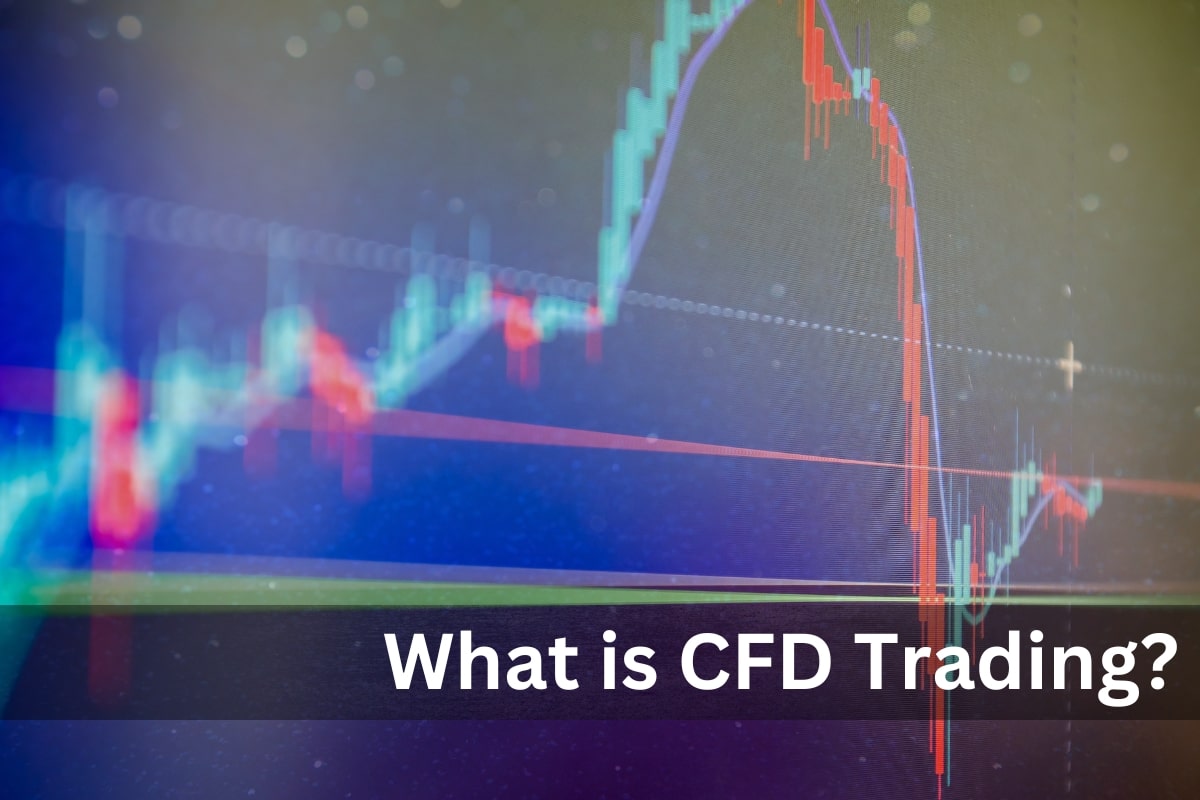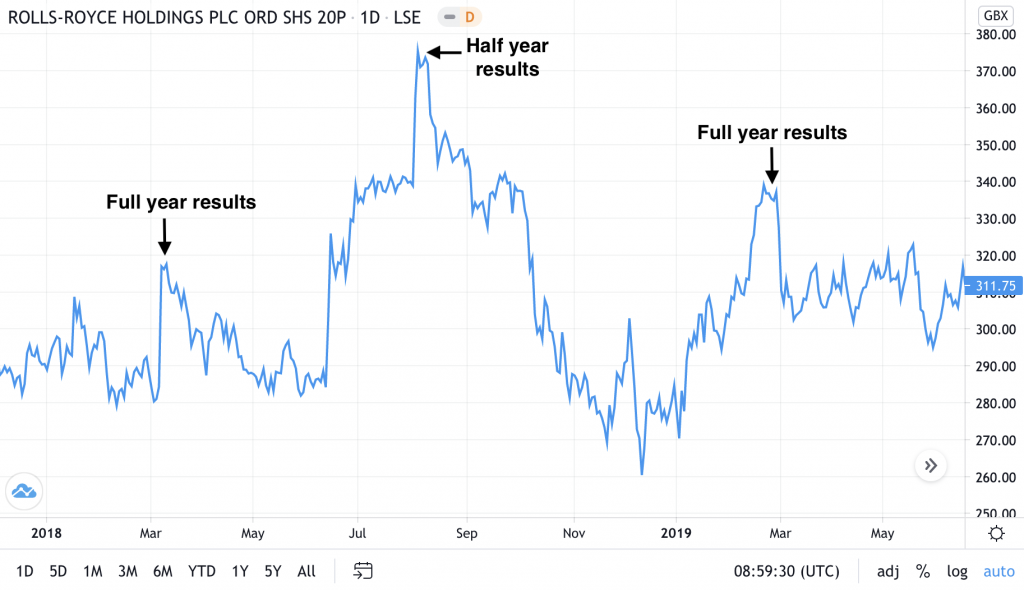What is cfd trading
The price has moved 7p against you, from 100p (the initial buy price) to 93p (the current sell price). Multiply this price movement by the number of units you bought (10,000) to calculate your loss (£700), then add the total commission charge (£10 at entry + £9 Versus Trade.30 at exit = £19.30). The result is a total loss of £719.30, plus overnight holding costs.
Imagine that every moment right before you click the “buy” button on your CFD broker, you send them a text message that says: “Let’s open a long contract, if by the time we close it, the price is higher than when we opened, you’ll pay the difference in my favour, and if the price is lower, I’ll pay you the difference as it will be my loss”.That’s literally what you’re doing with your broker, except it happens in a much faster and electronically automated way.Going “Long” simply consists of entering a contract where you win money if the price is above the open price of the contract and you lose money if the price is below the open price of the contract, that’s why they’re called contracts for difference, you’re exchanging the price difference.
They are charged every time you open a trade and you close a trade.Usually this commission is pure pain, as for example if the minimum in/out commission of American Stocks CFDs is $10 on a particular broker, that means that if you open a 100 shares long trade and then you decide to close it partially by selling 50, then 50 more, you’ll have paid $30 in commissions.Luckily this commission is not charged by many brokers nowadays, yet the funny thing is that usually when they charge it, it’s because they provide better execution than their competitors and have less conflict of interest against traders. Remember, nothing is really free in this life.
A CFD (contract for difference) is an agreement between two parties to exchange price differences between the opening and closing prices of the contract. CFDs are financial derivatives meaning that their price is based on an underlying asset which could be a specific stock, currency pair, commodity or even other derivatives as well.
Founded in 1989, CMC Markets is regulated by the Financial Conduct Authority (FCA) in the UK under registration number 173730. CMC Markets also takes steps to ensure that client funds are kept separate from corporate funds, in accordance with the FCA’s client money rules. Eligible deposits with CMC Markets are protected up to a total of £85,000 by the Financial Services Compensation Scheme (FSCS), the UK’s deposit guarantee scheme.
Trading cfd
News Trading: Stay informed about economic and geopolitical events that can impact the markets. Capitalize on price movements resulting from significant news releases or events. Also be very cautious of high volatility and consider using protective orders, because news events can lead to rapid market movements.
Breakout Trading: Look for significant price levels or chart patterns where an asset is poised to break out. Enter a trade when the price breaks above resistance (for long positions) or below support (for short positions). Do not forget to combine with volume analysis to confirm the strength of the breakout.

News Trading: Stay informed about economic and geopolitical events that can impact the markets. Capitalize on price movements resulting from significant news releases or events. Also be very cautious of high volatility and consider using protective orders, because news events can lead to rapid market movements.
Breakout Trading: Look for significant price levels or chart patterns where an asset is poised to break out. Enter a trade when the price breaks above resistance (for long positions) or below support (for short positions). Do not forget to combine with volume analysis to confirm the strength of the breakout.
Swing Trading: Capture “swings” or price movements within a trend. Hold positions for a few days to weeks, aiming to profit from short to medium-term market fluctuations. Also set clear entry and exit points based on technical analysis, and consider fundamental factors for longer-term trends.
CFDs trade using leverage so investors holding a losing position can get a margin call from their broker. This requires that additional funds be deposited to balance out the losing position. Leverage can amplify gains with CFDs but leverage can also magnify losses. Traders are at risk of losing 100% of their investment. The trader will also be charged a daily interest rate amount if money is borrowed from a broker to trade.
Cfd trading strategies
The CFD swing trading strategy is all about finding markets that are trending. Focus on markets that are trending in a specific direction. This allows investors to find assets that have the potential to move by large amounts in a short space of time.
Momentum trading can be similar to news trading the latter is a great way to inform the beginning of a trend for the former. When a major news announcement is released, it can cause short-term volatility and a persisting longer-term trend, which momentum traders would identify and follow.
Financial hedging is a strategy that helps traders to offset risk within their trading portfolio. Some examples of effective hedging strategies include pairs trading and the use of derivatives, such as forward contracts. You can also trade on safe haven assets as a hedge, such as gold, certain currencies, government bonds, and defensive stocks, as these financial instruments could be considered less vulnerable to negative market shocks than others.

The CFD swing trading strategy is all about finding markets that are trending. Focus on markets that are trending in a specific direction. This allows investors to find assets that have the potential to move by large amounts in a short space of time.
Momentum trading can be similar to news trading the latter is a great way to inform the beginning of a trend for the former. When a major news announcement is released, it can cause short-term volatility and a persisting longer-term trend, which momentum traders would identify and follow.
Financial hedging is a strategy that helps traders to offset risk within their trading portfolio. Some examples of effective hedging strategies include pairs trading and the use of derivatives, such as forward contracts. You can also trade on safe haven assets as a hedge, such as gold, certain currencies, government bonds, and defensive stocks, as these financial instruments could be considered less vulnerable to negative market shocks than others.
